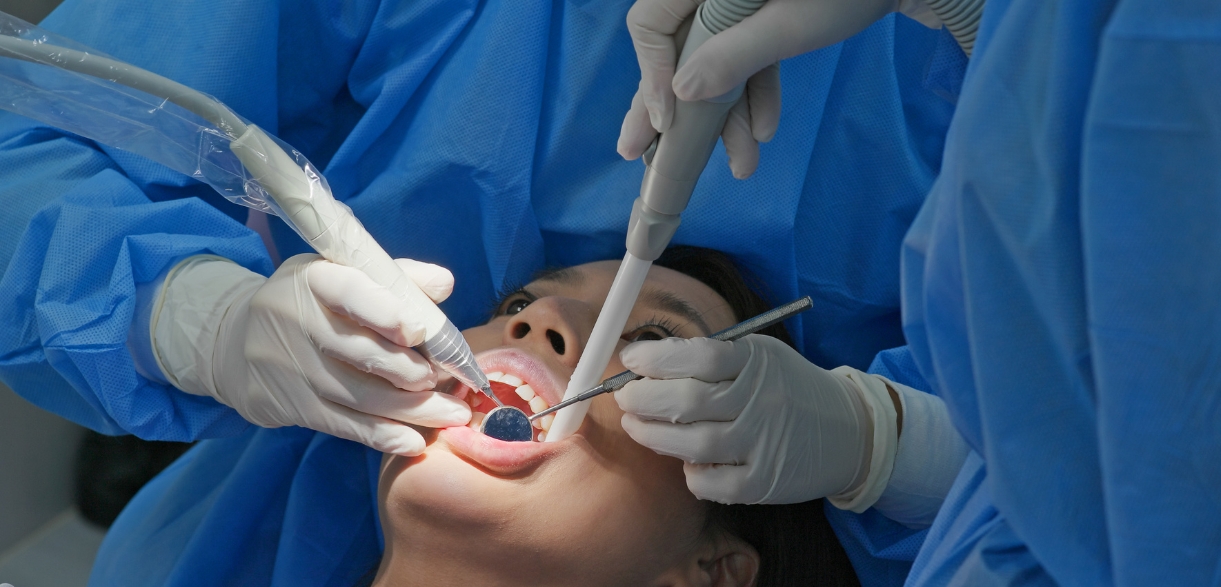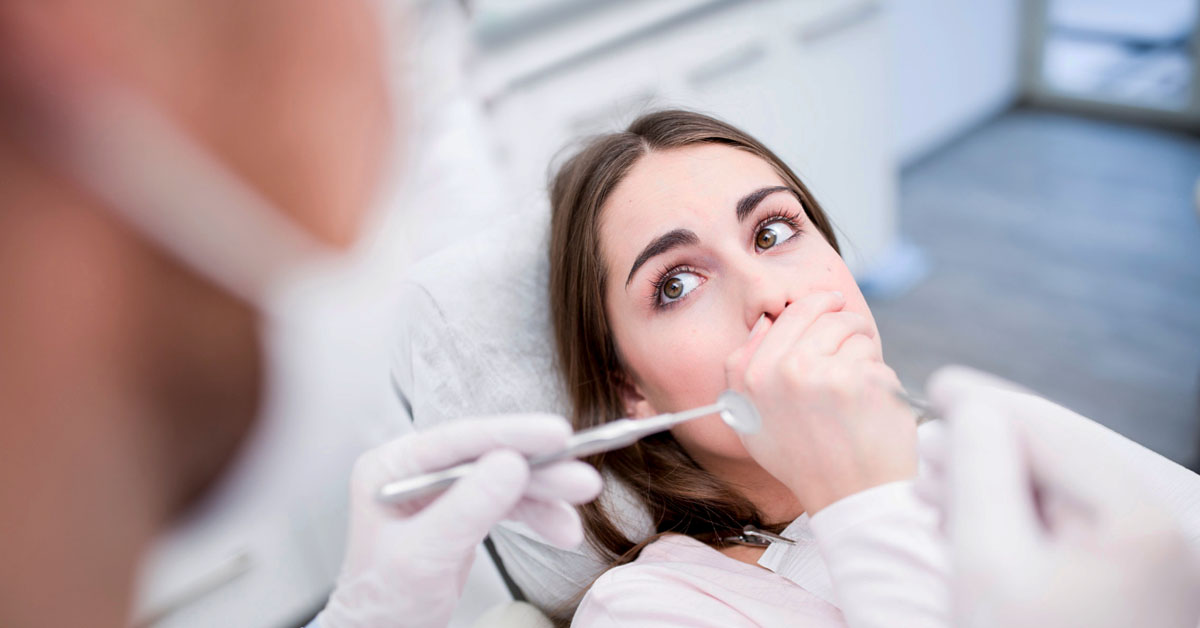Brentwood: (615) 235-1966

How To Prevent Dry Socket: Comprehensive Guide
Brentwood, TN

Undergoing a tooth extraction is a common dental procedure, often necessitated by various factors such as decay, infection, or impacted teeth. While the extraction process is relatively straightforward, a potential complication can arise afterward: dry socket. Also known as alveolar osteitis, a dry socket occurs when the blood clot forming in the socket after extraction dislodges or dissolves prematurely. This exposes the underlying nerves and bone, causing severe pain and delaying healing. In this in-depth guide, we’ll explore ten crucial steps to prevent dry sockets and ensure a smooth recovery following tooth extraction.
The important methods to prevent dry sockets are mentioned below:
Follow Post-Extraction Instructions Closely
One of the primary safeguards against dry sockets lies in the post-extraction instructions provided by your dentist. These guidelines are meticulously crafted to minimize the risk of complications. They usually involve avoiding actions that could dislodge the clot, such as vigorous rinsing, spitting, or touching the extraction site with your tongue or fingers. Heeding these instructions carefully creates an optimal environment for the clot to form and remain in place, reducing the likelihood of a dry socket.
Practice Gentle Oral Hygiene
Maintaining oral hygiene is essential, even after a tooth extraction. However, it’s crucial to be gentle when dealing with the extraction site. Brush your teeth and tongue softly, avoiding direct contact with the extraction area. This helps prevent dislodging the clot while maintaining oral health and preventing bacterial growth that could exacerbate the situation.
Say No To Smoking To Prevent A Dry Socket
Tobacco smoke is laden with toxins that can significantly hinder healing, making smokers more susceptible to dry sockets. The inhaling and exhaling of smoke creates pressure changes in the mouth, which can dislodge the clot. To prevent this complication, it’s essential to abstain from smoking for at least 72 hours post-extraction, allowing the healing process to proceed undisturbed.
Abstain from Using Straws
While using straws might seem harmless, it can introduce a significant risk of a dry socket. The suction created while drinking through a straw can dislodge the clot, leaving the extraction site exposed and vulnerable. For the first few days after your tooth extraction, it’s advisable to forgo using straws altogether.
Opt for Soft Foods Initially
In the immediate aftermath of a tooth extraction, your mouth needs time to heal and recover. Consuming hard or crunchy foods that require vigorous chewing can place undue pressure on the extraction site, increasing the chances of dislodging the clot. Instead, opt for a diet of soft foods that can be consumed without putting unnecessary stress on the healing area. This precaution helps safeguard the clot and promote uneventful healing.
Prioritize Hydration
Staying hydrated is crucial for your overall well-being and equally important during the recovery period following a tooth extraction. Adequate hydration supports the healing process and maintains the moisture levels in your mouth, which can aid in preventing dry sockets. Drink water regularly, but do so gently, avoiding forceful swishing that could disturb the clot.
Steer Clear of Alcoholic Beverages
Alcohol can have detrimental effects on clot formation and healing. It’s advisable to avoid alcoholic beverages for a few days after your tooth extraction. Alcohol consumption can impede the clotting process and increase the risk of complications like a dry socket.
Consider Over-the-Counter Pain Relief
After tooth extraction, some level of discomfort is normal. Over-the-counter pain relievers can help manage this discomfort without significantly increasing the risk of a dry socket. However, it’s crucial to consult your dentist before taking any medication to ensure it’s safe and suitable for your situation.
Choose the Right Timing
When scheduling your tooth extraction, consider the timing carefully. Plan the procedure when you can rest and avoid strenuous activities afterward. Activities that elevate blood pressure, such as heavy lifting or intense exercise, can disrupt the clot and increase the likelihood of dry sockets.
Communicate Your Medical History
Your overall health and medical history can influence the likelihood of complications like dry sockets. Inform your dentist about any emergency conditions you have, medications you’re taking, or factors that might impact your healing process. This information allows your dentist to take appropriate precautions and tailor their recommendations to ensure a smooth recovery without complications.
Preventing dry sockets requires following post-extraction instructions diligently, practicing gentle oral hygiene, and making informed choices about your activities and habits. Adhering to these ten comprehensive steps significantly reduces the risk of developing this painful complication, allowing your healing process to unfold smoothly and ensuring a more comfortable recovery after your tooth extraction.





